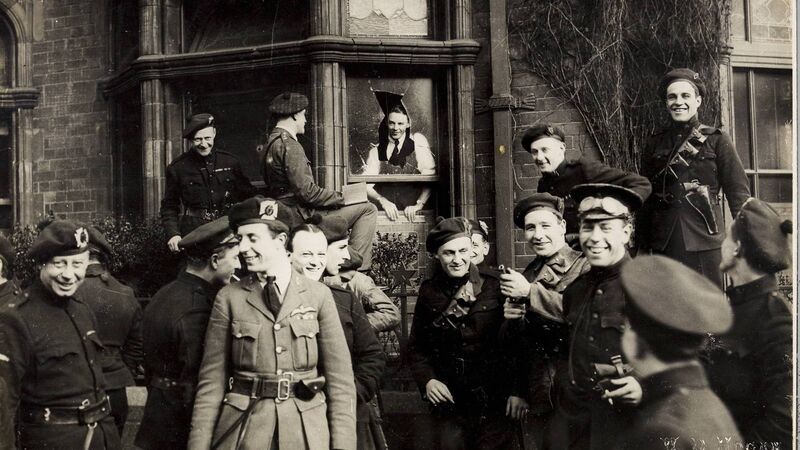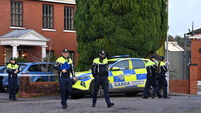How British targeted property as reprisal strategy

Auxiliaries celebrate after a failed IRA attack on their quarters in Dublin
From the 1916 Rising, when the British Army shelled a large section of valuable property in Dublin’s city centre to terminate the rebellion, down to the end of the War of Independence, the destruction of property by both sides became part of the collateral damage of conflict in Ireland. This military response to the Rising marked a shift in the British governance of Ireland.
Four years later, the burning of a large section of Cork’s city centre by the Auxiliary Division, which had been recruited to stiffen and militarize the RIC, also focused on some of the most valuable commercial properties in Munster, dislocating the city centre economy and putting thousands of people out of work. This arson attack on 12 December 1920 was a reprisal for an IRA ambush at Dillon’s Cross, which killed an auxiliary and wounded many more. This was by far the most destructive reprisal of the War of Independence carried out by Crown forces.















